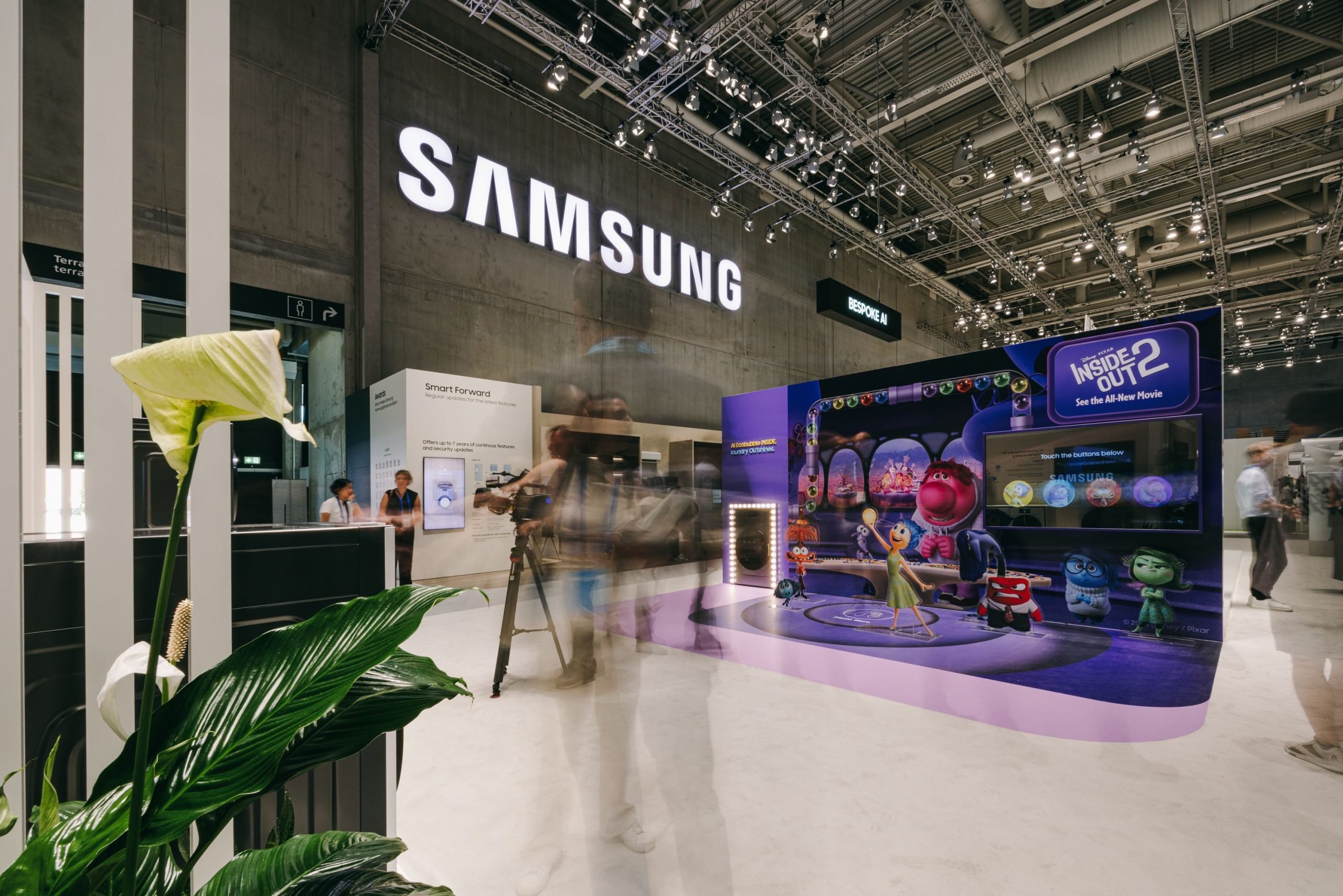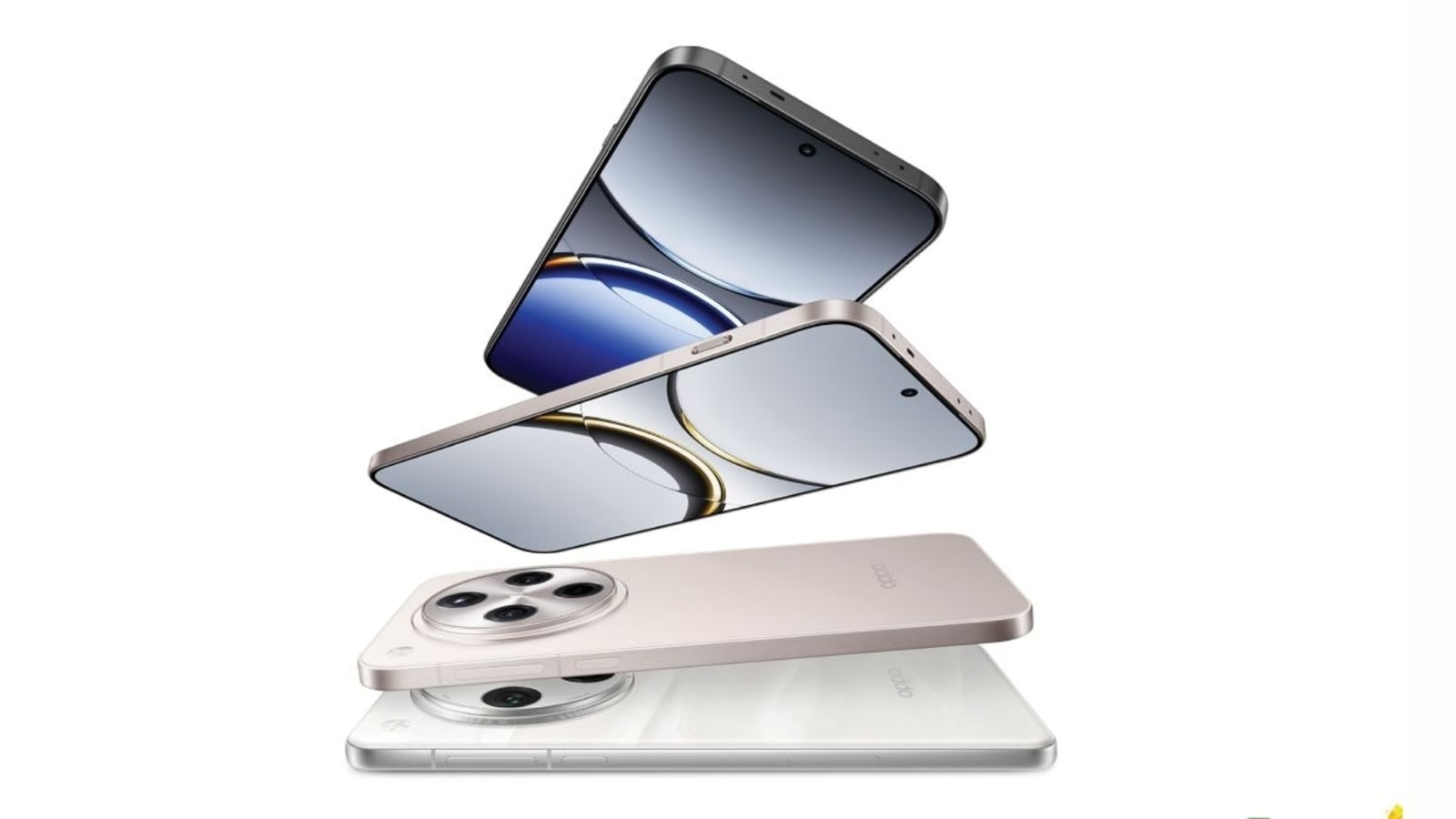
CES 2025 in Las Vegas, is shaping up to be a battle of the TV brands, with the two South Korean TV giants set to go head-to-head with each other, while at the same time taking on the Chinese brands that are stripping share especially in the large TV display market. ChannelNews can reveal that Samsung is set to reveal a brand new 83-inch QD-OLED TV in 2025, as well as new QD OLED panels that are targeted at the struggling LG WOLED panels that also coming under pressure from TCL and Hisense. The Samsung 83”-inch TV is set to be a sweet spot model for retailers as consumers hunt for a bigger TV’s than a 65′′ but don’t want to move to 90′′ inches and over.
Samsung the global leader in TVs has had a lot of success with their QD-OLED display technology, which at this stage is only available in 55, 65 and 77. A visit to Samsung’s parts database reveals references to both ‘QD83S95FAE’ and ‘QE83S95FAT’. This could result in the new panel replacing the S95D model that is currently selling in Australia for $4,499.

Other information on the Samsung database suggests that the new 83-inch TV will be available with both QD-OLED and WOLED panels and this is a major concern for LG Electronics as Samsung is a superior marketer of products than LG, who in Australia have slashed their marketing spend this year as they try to reel in a slump in revenues and a fall in profits. Hill+Knowlton Strategies who operates a questionable low budget, PR operation for LG Electronics trading as LG One, often struggles to compete with Samsung who us Ogilvy PR and have an inhouse PR operation which LG eliminated several years ago due to cost cutting. Both Samsung and LG are now having to contend with a surging Hisense and TCL who are both set to make major announcements at CES 2025.
According to US publication FlatpanelsHD the arrival of an 83′′ Samsung could result in the Samsung manufactured 83-inch QD-OLED panel appearing in Sony’s 2025 TV line-up. Recently LG Display sold its stake in their Guangzhou, China factory to TCL China Star Optoelectronics Technology (TCL CSOT) due to financial pressures and the fact that they need capital to fight a looming OLED TV battle. Analysts are tipping that Chinese manufacturers’ market share of the LCD panels used in TVs will increase from 66% to 72%, with nearly 100% share in ultra-large 90 – 115-inch screens.
The issue for both Samsung and LG are that the new generation of Chinese large screen LCD based TVs are seen as being close to the quality of OLED but are half the price of the South Korean products. A85N OLED TV by Hisense. Change of ownership in the TV market is not new in Australia.
There was a time not too long ago that Toshiba, Hitachi, Panasonic, Pioneer NEC and Sony, Japanese display manufacturers dominated the TV market they lost out to the Koreans who were able to manufacture cost effectively and were better marketers. While the Japanese were pushing Plasma and later OLED Samsung and LG Display shifted their strategies to focus on LCD and LG OLEDs. Now Chinese display manufactures want a share of the TV market and are now pouring money and resources into OLEDs.
Recently Samsung has been upgrading its display manufacturing operation and plans to start Gen 8.6 OLED production in 2026, Chinese market leader BOE has set a similar timeline. The Chinese manufacturer is currently building a US $8.
7 billion Gen 8.6 fab in Chengdu with Chinese Government support. LG Electronics Is Now making billions selling data scooped from their OLED TV’s.
They are also pumping advertising to their TV’s According to the Nikkei Asian Review, the plant is operated by a joint venture that is 53% owned by BOE and the rest held by Chinese state-owned entities. The market share of Chinese OLED panel manufacturers is forecasted to increase from 47.9% this year to 50.
2% next year, surpassing the OLED shipment share of Korean companies. The willingness of Chinese local governments and state-owned entities to invest endlessly to achieve their end goal does not bode well for Samsung, and more so LG Display who are already struggling to hold their own up against Samsung. The recent LG Display sale makes clear that over the near-term manufacturers outside China will struggle to compete.
The big bet for South Korean manufacturers who are looking to manufacture outside of China is the victory by Donald Trump in the recent US elections and claims that he is set to tax Chinese products coming into the USA market. In the US there has already been a surge by retailers and manufacturers to increase stock levels by “front loading” current shipments with additional stock ahead of any changes in tariff policy to be pursued by Trump, who campaigned on an aggressive expansion of existing U.S.
tariffs on cross-border trade. Trump has vowed across-the-board tariffs of 10% to 20% on all imports arriving in the United States and a 60%-100% tariff on Chinese imports. “This is 2018 all over again,” said Paul Brashier, vice president of global supply chain for ITS Logistics, referring to the year during which Trump first imposed sweeping tariffs in his first term.
“If this happens the South Korean TV manufacturers could gain share thanks to Trump”..













